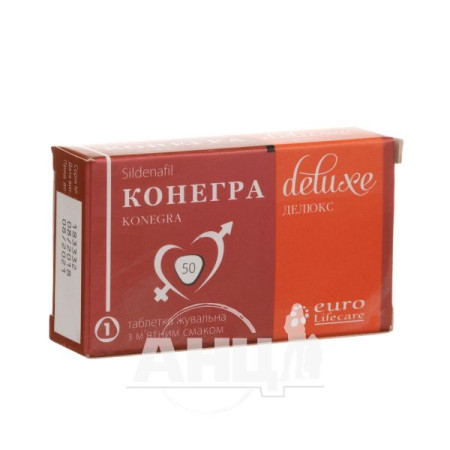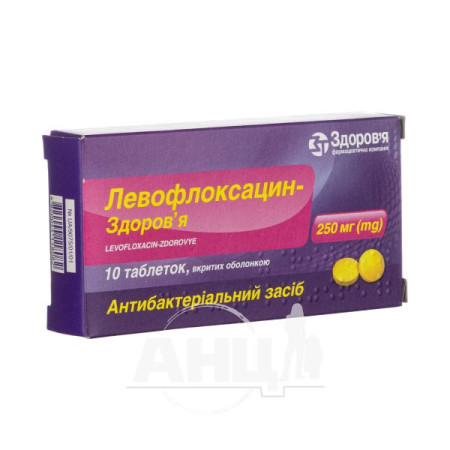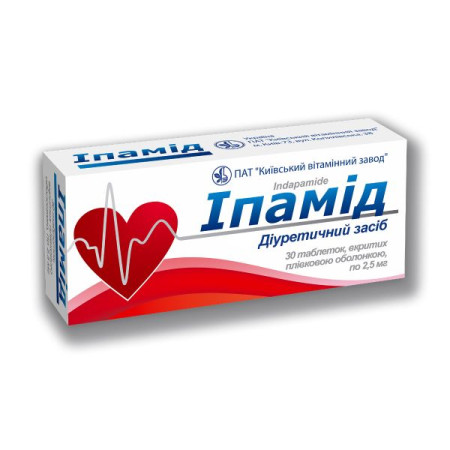Sodium bicarbonate solution for infusion 4% bottle 100 ml

Sodium bicarbonate infusion solution is used for the following indications: uncompensated metabolic acidosis, which can occur in intoxications of various etiologies, severe postoperative period, major burns, shock, diabetic coma, prolonged diarrhea, uncontrollable vomiting, acute massive blood loss, severe liver and kidney damage, prolonged febrile conditions, severe hypoxia in newborns. An absolute indication is a decrease in blood pH below 7.2 (normal 7.37-7.42).
Composition
The active substance is sodium bicarbonate (1 ml of solution contains 40 mg of sodium bicarbonate).
Excipients: sodium edetate, water for injections.
Contraindication
Metabolic or respiratory alkalosis, hypokalemia, hypernatremia.
Method of application
The solution should be used while monitoring the acid-base balance of the blood. Administer to adults intravenously or rectally by drip; to children intravenously by drip. Depending on the severity of the acidosis, the drug should be used undiluted or diluted with 5% glucose solution in a ratio of 1:1.
Adults should be administered intravenously at a rate of approximately 60 drops per minute, up to 200 ml per day. The frequency of administration of the drug depends on the indicators of acid-base balance.
Newborns should be administered at a dose of 4-5 ml per 1 kg of body weight, children of other age groups should be administered at a dose of 5-7 ml per kg of body weight.
The next administration of the drug is determined by the indicators of acid-base balance. The maximum dose for adults is up to 200 ml per day. The duration of treatment is determined by the doctor depending on the indicators of acid-base balance.
Application features
Pregnant women
There is no data on contraindications for administration during pregnancy and breastfeeding, however, in these cases, the drug should be administered with caution, according to vital indications, monitoring the acid-base balance.
Children
The drug can be used in pediatric practice.
Overdose
If the dose of the drug is exceeded, the development of hyperalkalosis and tetanic convulsions is possible. If hyperalkalosis develops, the drug should be discontinued; if there is a risk of tetany, adults should be given 1-3 g of calcium gluconate.
Side effects
Nausea, vomiting, anorexia, stomach pain, headache, restlessness. Arterial hypertension. Alkalosis, convulsions.
Interaction
Acidic substances (ascorbic, nicotinic and other acids), alkaloids (atropine, apomorphine, caffeine, theobromine, papaverine), cardiac glycosides, salts of calcium, magnesium, heavy metals (iron, copper, zinc) cannot be dissolved in sodium bicarbonate solution, as precipitation or hydrolysis of organic compounds occurs. Do not mix with phosphate-containing solutions.
Storage conditions
Store at a temperature not exceeding 25 °C, out of the reach of children.
Shelf life - 2 years.
There are no reviews for this product.
There are no reviews for this product, be the first to leave your review.
No questions about this product, be the first and ask your question.










